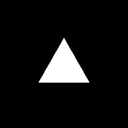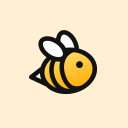How We Created A $1.3K/Month Domain + Logo Package For Startups
Hello! Who are you and what business did you start?
Hi, I’m Laurids the founder of Indiebrands. I’m 25 years old and live in the beautiful city of Vienna, Austria.
& I’m David – came on board as a cofounder a few months after Laurids launched. I am 25 as well and also live in Vienna.
Indiebrands sells company names completed by ready-made logos and a great top-level domain. We sell these packages to other startup founders and indie hackers who struggle to come up with a name for their products/companies.
Last month we made about $3,300 with average monthly revenue of $1,300 in the last 12 months. Growing about 200% in the last year.



Download the report and join our email newsletter packed with business ideas and money-making opportunities, backed by real-life case studies.

Download the report and join our email newsletter packed with business ideas and money-making opportunities, backed by real-life case studies.

Download the report and join our email newsletter packed with business ideas and money-making opportunities, backed by real-life case studies.

Download the report and join our email newsletter packed with business ideas and money-making opportunities, backed by real-life case studies.

Download the report and join our email newsletter packed with business ideas and money-making opportunities, backed by real-life case studies.

Download the report and join our email newsletter packed with business ideas and money-making opportunities, backed by real-life case studies.

Download the report and join our email newsletter packed with business ideas and money-making opportunities, backed by real-life case studies.

Download the report and join our email newsletter packed with business ideas and money-making opportunities, backed by real-life case studies.

















